
|
Proprietary molecules portfolio
|
|
|
||||||||||||||||||||||||||
 |
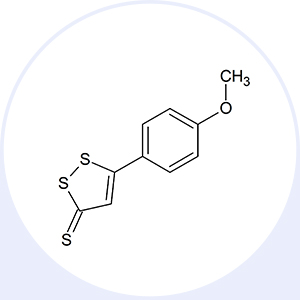 |
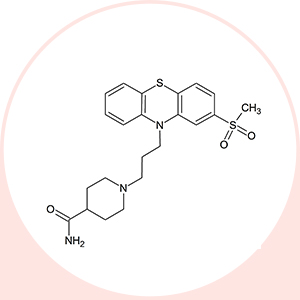 |
|||||||||||||||||||||||||
|
Pinaverium bromide
|
Trithioanetole
|
Metopimazine
|
|||||||||||||||||||||||||
 |
 |
 |
|||||||||||||||||||||||||
|
Acting on the digestive tract, Pinaverium Bromide is used for the treatment of pain, transit disorders and discomfort linked to functional bowel disorders.
|
A stimulant of bile function, Trithioanethol is used for the treatment of drug-related or age-linked oligoptyalism (scanty saliva) and dry eye syndrome.
|
Metopimazine is an antiemetic used for the symptomatic treatment of nausea and vomiting. |
|||||||||||||||||||||||||
 |
 |
 |
|||||||||||||||||||||||||
|
No CAS : 53251-94-8
Formula : C26H41Br2NO4 Molecular weight : 591,45 g/mol |
No CAS : 532-11-6
Formula : C10H8OS3 Molecular weight : 240,365 g/mol |
No CAS : 14008-44-7
Formula : C22H27N3O3S2 Molecular weight : 445,6 g/mol |
|||||||||||||||||||||||||
|
|
|||||||||||||||||||||||||||
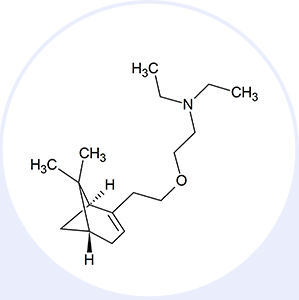 |
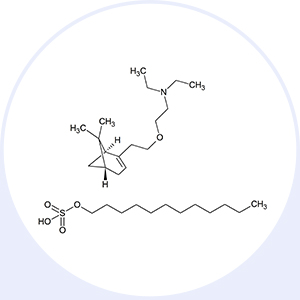 |
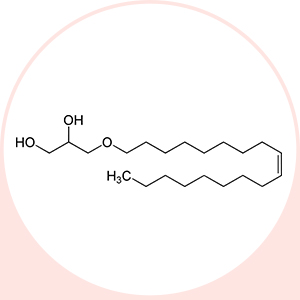 |
|||||||||||||||||||||||||
|
Myrtecaine
|
Myrtecaine lauryl sulfate
|
Selachylic alcohol
|
|||||||||||||||||||||||||
 |
 |
 |
|||||||||||||||||||||||||
|
A local anaesthetic, Myrtecaine is often used in combination with other active ingredients in the management of muscle or ligament pain.
|
A local anaesthetic, Myrtecaine is often used in its lauryl sulfate form in combination with other active ingredients in the management of gastric pain and burning. |
Selachylic alcohol is widely used in traditional Scandinavian and Japanese medicine and is known to be the therapeutically active compound in shark liver oil.
|
|||||||||||||||||||||||||
 |
 |
 |
|||||||||||||||||||||||||
|
No CAS : 7712-50-7
Formula : C17H31NO Molecular weight: 265,438 g/mol |
No CAS : 76157-55-6
Formula : C17H31NO.C12H26O4S Molecular weight : 531,84 g/mol |
No CAS : 593-31-7
Formula : C21H42O3 Molecular weight: 342,56 g/mol |
|||||||||||||||||||||||||
|
|
|||||||||||||||||||||||||||
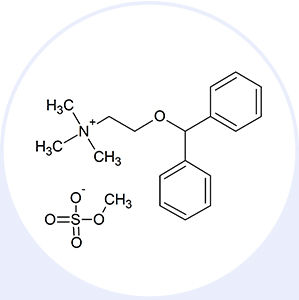 |
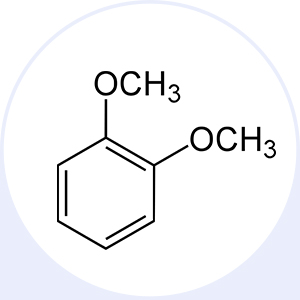 |
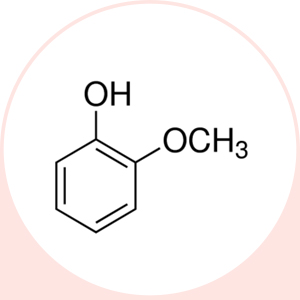 |
|||||||||||||||||||||||||
|
Diphenhydramine
methyl sulfate
|
Veratrole |
Guaiacol |
|||||||||||||||||||||||||
 |
 |
 |
|||||||||||||||||||||||||
|
A local antihistamine, Diphenhydramine Methyl Sulfate is used to relieve itching due to insect stings.
|
Veratrole is a mild analgesic used in combination with other active ingredients in some lotions and mouth rinses.
|
Guaiacol has analgesic, antipyretic and expectorant properties, and is used in combination with other active ingredients for treating dry coughs and inflammatory disorders of the upper airways.
|
|||||||||||||||||||||||||
 |
 |
 |
|||||||||||||||||||||||||
|
No CAS : 4858-60-0
Formula : C18H24NO.CH3O4S Masse moléculaire : 381,49 g/mol |
No CAS : 91-16-7
Formula : C8H10O2 Masse moléculaire : 138,16 g/mol |
No CAS : 90-05-1
Formula : C7H8O2 Masse moléculaire : 124,14 g/mol |
|||||||||||||||||||||||||
|
|
|||||||||||||||||||||||||||
|
Building blocks and intermediates |
|||||||||||||||||||||||||||
|
|
|||||||||||||||||||||||||||
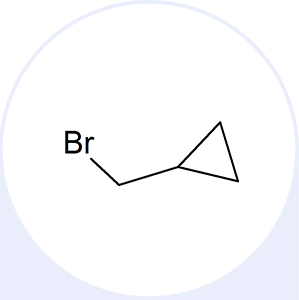 |
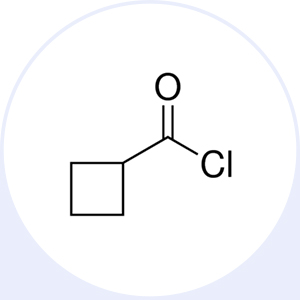 |
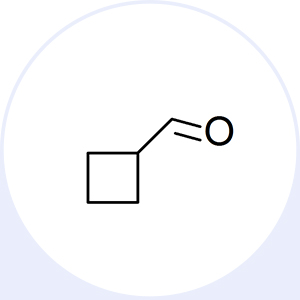 |
|||||||||||||||||||||||||
|
Bromomethyl cyclopropane
|
Cyclobutane carbonylchloride
|
Cyclobutane carboxaldehyde
|
|||||||||||||||||||||||||
 |
 |
 |
|||||||||||||||||||||||||
|
No CAS : 7051-34-5
Formula : C4H7Br Molecular weight : 135,00 g/mol |
No CAS : 5006-22-4
Formula : C4H7COCI Molecular weight : 118,56 g/mol |
No CAS : 2987-17-9
Formula : C5H8O Molecular weight : 84,12 g/mol |
|||||||||||||||||||||||||
|
|
|||||||||||||||||||||||||||
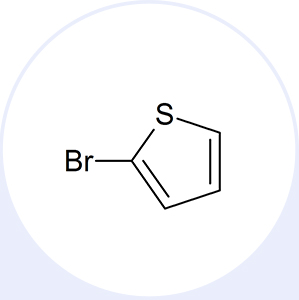 |
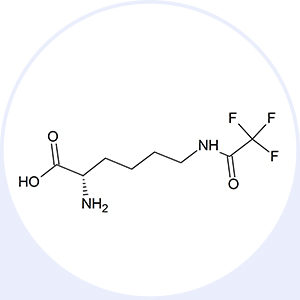 |
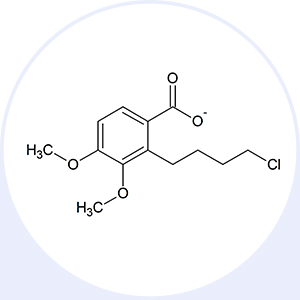 |
|||||||||||||||||||||||||
|
2-Bromothiophene
|
N-trifluoroacetyl-l-lysine
|
4-chlorobutyl-veratrate
|
|||||||||||||||||||||||||
 |
 |
 |
|||||||||||||||||||||||||
|
No CAS : 1003-09-4
Formula : C4H3BrS Molecular weight : 163,04 g/mol |
No CAS : 10009-20-8
Formula : C8H13F3N2O3 Molecular weight : 242,20 g/mol |
No CAS : 69788-75-6
Formula : C13H17CIO4 Molecular weight : 272,72 g/mol |
|||||||||||||||||||||||||
|
|
|||||||||||||||||||||||||||